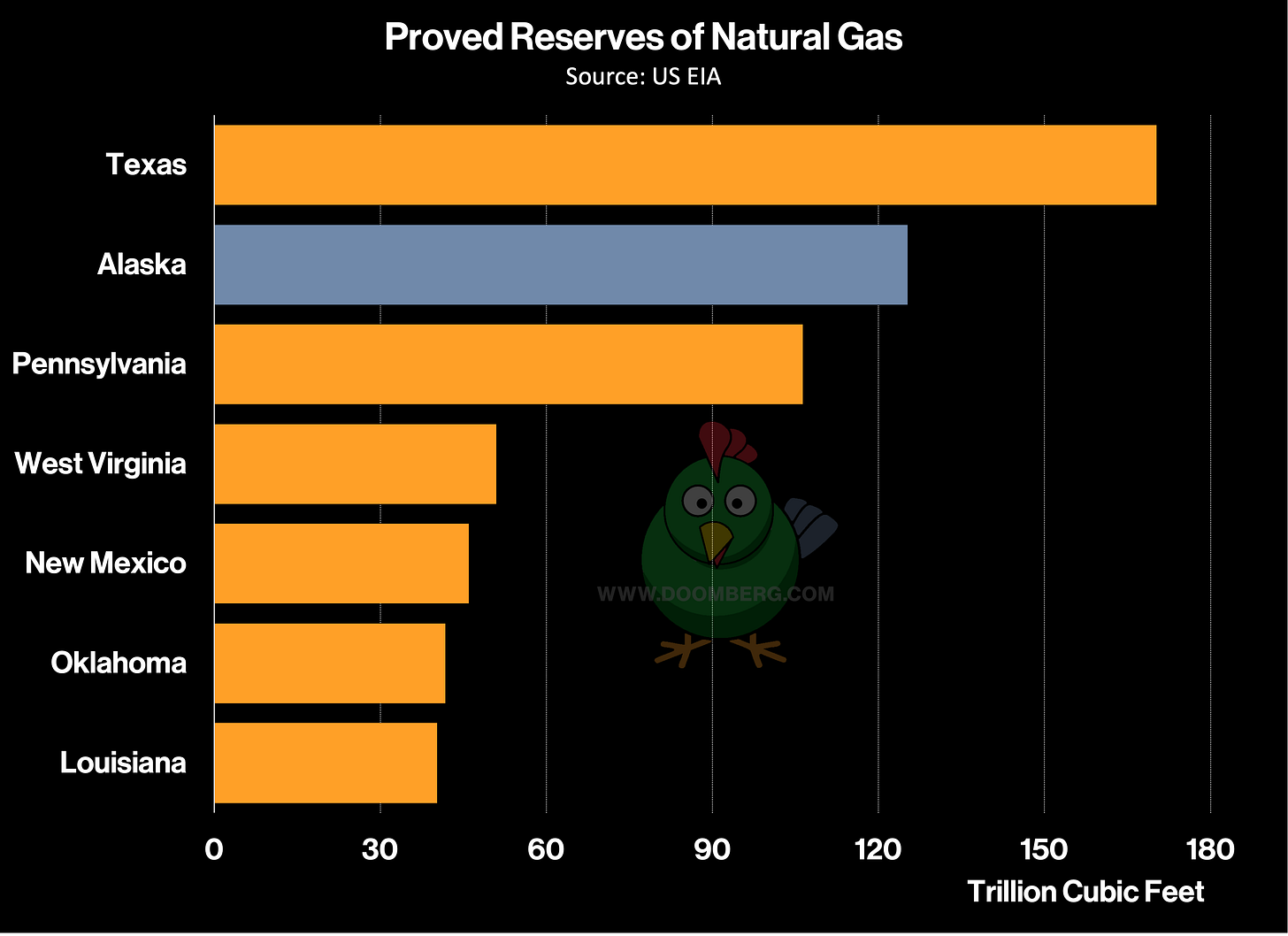Anchorage Aweigh
The largest city in Alaska is drifting towards a major energy crisis.
“Care shouldn't start in the emergency room.”—James Douglas
As early as the 1850s, Russian explorers noted significant natural oil seeps in the lower Cook Inlet, now part of modern-day Alaska. Although these observations gave way to sporadic drilling and commercial production in the ensuing decades, oil remained mostly a curiosity in the region.
So little recognized was the value beneath the surface that Russia sold Alaska to the US in 1867 for just $7.2 million. Originally administered by the US Army as the Department of Alaska, it was renamed the District of Alaska in 1884 when a civilian government was installed. In 1912, Alaska was reorganized as a US territory and granted limited self-government and a legislature. It would not become the 49th state until 1959.
The event precipitating Alaska’s ascension to statehood was the discovery of significant commercial quantities of oil along the Swanson River on the Kenai Peninsula, a river which ultimately empties into the Cook Inlet, in July of 1957. This landmark event convinced the US federal government of Alaska’s potential for economic self-sufficiency, and the oil rush that followed led to sustained economic growth in the south-central part of the state.
The Cook Inlet is part of the broader Railbelt region of Alaska, home to some two-thirds of the state’s population in and around the cities of Fairbanks and Anchorage. Soon after the discovery of oil, natural gas reserves were also developed, becoming a vital slice of the local economy. The Railbelt is served by a single electricity grid, and 73% of the power flowing through its wires is derived from natural gas. A similar proportion of households use the fuel for heating purposes during Alaska’s notoriously tough winters.
Drillers have been warning for years that natural gas supplies would dry up due to a lack of new drilling, prompting calls for action:
“Southcentral Alaska may run out of available natural gas by the end of the decade, according to a new analysis conducted by the Alaska Department of Natural Resources.
The analysis, presented Monday in a hearing of the Senate Resources Committee, is the most detailed look so far at the possibility that Anchorage and surrounding areas could be threatened with electrical brownouts and a heating shortage, just as they were amid a similar natural gas shortage a decade ago…
The problem is that Cook Inlet’s existing oil and gas companies aren’t drilling enough new gas production wells to bring that gas to the surface and offset the long-term declines in existing wells, said DNR commissioner-designee John Boyle.”
The situation is both familiar and frustrating—Alaska is one of the most gas-rich states in the country:
How has this resource-abundant US state landed on the precipice of an energy crisis? What prospects does it have to close the gap? Let’s take a visit up north.



